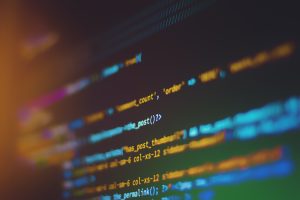Archbishop Tutu and the People Left in the Dust
 Christine M. Venter is a Teaching Professor at Notre Dame Law School and Affiliated Faculty in Gender Studies at the University of Notre Dame
Christine M. Venter is a Teaching Professor at Notre Dame Law School and Affiliated Faculty in Gender Studies at the University of Notre Dame
Nobel laureate, first black Anglican Archbishop, leader of South Africa’s Truth and Reconciliation Commission, prominent anti-apartheid activist, husband and father, Desmond Mpilo Tutu was all of those things and more, but to the people of South Africa he was simply “Arch” or “the Arch.” Looking back at his life and accomplishments, one might suppose that he was an unapproachable, iconic, historic figure but it was in his outsize sense of humor, humility, passion for justice, and affinity for those at the margins of society that people will remember him for.

 This blog series explores some threats that digital technologies can create to freedom of religion or belief and other human rights. It starts with
This blog series explores some threats that digital technologies can create to freedom of religion or belief and other human rights. It starts with